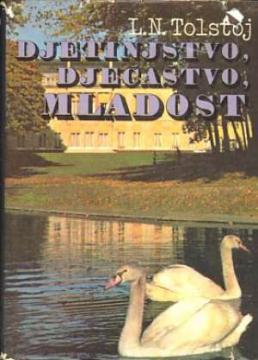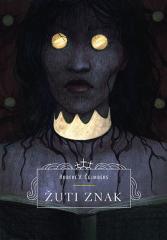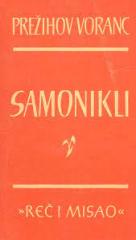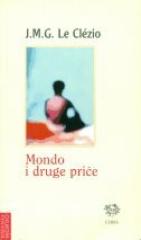
Djetinjstvo / Dječaštvo / Mladost
Lav Nikolajevič Tolstoj, u svojoj autobiografskoj trilogiji Detinjstvo (1852), Dečaštvo (1854) i Mladost (1857), prati odrastanje Nikolaja Irtenjeva, mladog plemića čije iskustvo odražava Tolstojevu mladost.
U detinjstvu, desetogodišnji Nikolaj doživljava svet očima deteta, očaran lepotom seoskog imanja i toplinom svoje porodice. Smrt majke donosi mu prvu veliku tugu, budeći svest o prolaznosti. Odnosi sa učiteljem Karlom Ivanovičem i prijateljima otkrivaju mu prve lekcije o ljubavi, gubitku i društvenim razlikama. U detinjstvu, Nikolaj se suočava sa adolescencijom, selidbom u Moskvu i novim izazovima. Oseća se nesigurno, razmišlja o religiji i društvenim normama, dok se bori sa unutrašnjim sukobima i prvim romantičnim čežnjama. Mladost prati Nikolaja na univerzitet, gde se suočava sa razočaranjima u obrazovanju, društvenim ambicijama i moralnim dilemama. Pokušava da pronađe svoje mesto u svetu, balansirajući između idealizma i sujete aristokratskog života. Kroz introspekciju, Nikolaj shvata važnost autentičnosti, postavljajući temelje za svoju buduću duhovnu potragu.
Trilogija je Tolstojev književni debi i odmah ga je etablirala kao velikog pisca. Inspirisana njegovim sopstvenim životom, dela predstavljaju njegov realističan stil i psihološku dubinu, što će kasnije kulminirati u „Ratu i miru“ i „Ani Karenjini“. Fokus na unutrašnjim sukobima, moralnim pitanjima i društvenoj kritici nagoveštava teme koje će dominirati njegovim kasnijim delima. Za razliku od kasnijih moralističkih dela poput „Vaskrsenja“, trilogija je intimna i lišena didakticizma, nudeći univerzalnu priču o odrastanju. Ova dela pokazuju Tolstojevu sposobnost da uhvati suptilnosti ljudskih emocija, postavljajući temelje za njegov status majstora psihološkog realizma.
Trilogija je prihvaćena sa oduševljenjem u Rusiji, hvaleći Tolstojevu svežinu i osetljivost. Kritičari su cenili realistične opise i emocionalnu dubinu, iako su neki kasnije smatrali da su dela bleda u poređenju sa njegovim epskim romanima. Danas se trilogija smatra klasikom, cenjenom zbog svog uvida u Tolstojev rani razvoj i univerzalnosti teme odrastanja.
Dva primerka su u ponudi





